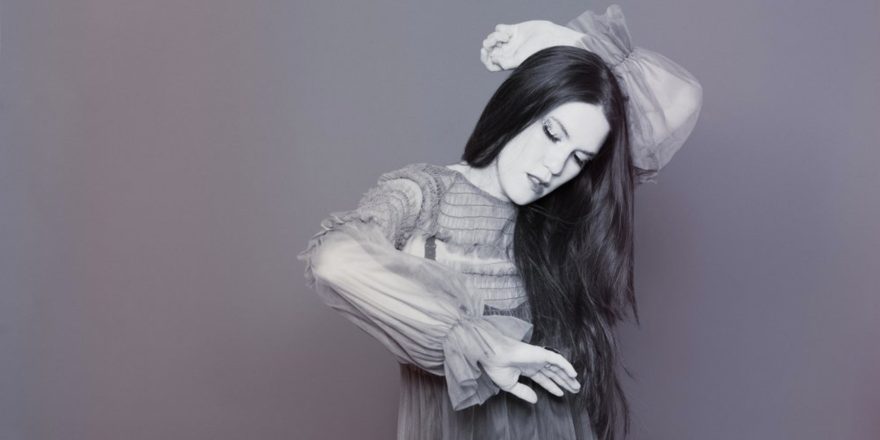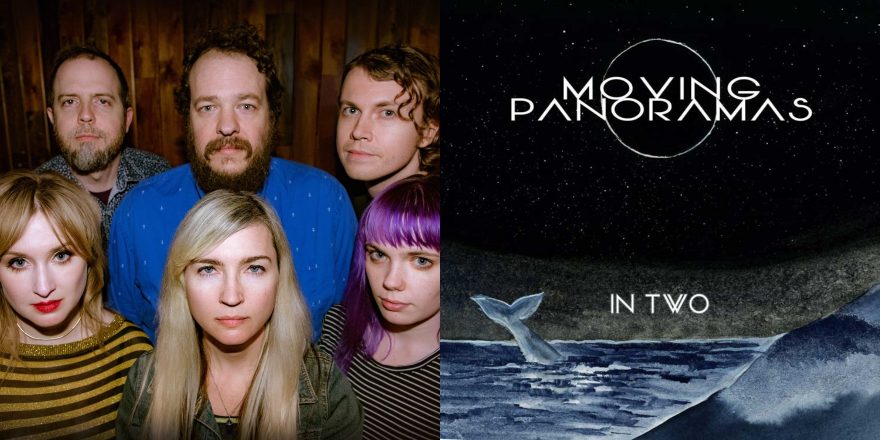Sitting down to write a song, my process usually begins with taking time to reflect on emotionally stirring experiences. I explore the emotional palette to its fullest, from the euphoric moments of my children’s birth to some of the most devastating losses I have faced. It’s a deep exploration. But where I find true personal transformation is at the junction where my creative process meets my trauma.
I found myself, in my twenties, finally acknowledging and speaking out about sexual abuse I had suffered growing up. My memories of those painful years were of heartbreaking vulnerability, fear, and neglect. But whilst in my reality back then, I was in a position of complete powerlessness, my emotional position was one of rage about the various injustices I faced. Through music I was able to voice those feelings of anger, and find an empowered position of strength.
You were sharp as a knife to get me,
You were, a wolf in the night to fetch me back,
The wishes I’ve made are too vicious to tell,
Everyone knows I am going to hell,
The devil already he knows me so well,
And if it’s true, I’ll go there with you
—“The Wolf”
I discovered that through writing songs like “The Wolf,” from my debut album The Disappearance of the Girl, and “Glorious,” from my forthcoming Wave Your Flags, it’s possible to reconstruct and insert a stronger identity for yourself, through creativity.
Another important component to recovery through art emerged buried in the unlikely place of a seventeenth century poem. When I was 16, I studied a poem by the Romantic poet Samuel Taylor Coleridge called “The Rime of the Ancient Mariner.” In this tale, the mariner experiences a traumatic event during a sea voyage upon which the entire crew, excluding him, die. Things take a further downturn when a host of terrifying supernatural events occur. He lands safely on shore, but is cursed to spend the rest of his life repeating the grizzly tale to all he meets. There were many things I didn’t understand about the text, but the question that plagued me for years, was why the mariner was cursed with this strange affliction of re-telling the harrowing experience. I looked through analytical texts where others had proposed their various interpretations involving penance, religion, and more. But nothing seemed to persuasively get to the root of it for me.
It wasn’t until I experienced PTSD myself that the poem truly made sense to me. I found, through personal experience, that it’s common to feel the need to retell a trauma again and again—it’s our brain’s way of processing and integrating what has happened. The theme of recovery from trauma through art is clearly centuries old.
Fast-forwarding a few hundred years to a recent best-selling parenting book, The Whole-Brain Child by Daniel J. Siegel and Tina Payne Bryson, there’s another great example of the need to retell trauma. A toddler experiences a car accident and in his very broken early language attempts to repeatedly retell the aspects that he found traumatic. The author notes, “In allowing Marco to repeatedly retell the story, [his mother] was helping him understand what had happened so he could begin to deal with it emotionally. Since she knew the importance of helping her son’s brain process the frightening experience, she helped him tell and retell the events so that he could process his fear and go on with his daily routines in a healthy and balanced way.” Through creativity, the retelling of a traumatic experience is possible (as is the Mariner style retelling of the trauma) through repeated performance. A powerful recovery tool, especially since a vast amount of the damage from trauma comes from not feeling that a traumatic experience has been validated.
But creativity goes a step beyond that to allow a kind of sequel to the original trauma—one where the victim finds, not just a voice with which to tell the story, but an empowered voice with which to add their own emotions to the story, resulting in a more balanced and emotionally validating picture. The end result is a person who can draw a feeling of empowerment from an identity of themselves presented through their own art. Art holds particular power because it actually integrates the trauma and new narrative into something tangible and real (versus, say, having a daydream or fantasy about getting even with someone who did you wrong). And this is because that which is real is further validated and strengthened by others experiencing it. Those who come into contact with the art witness the empowered identity you present and they create an echo chamber community within which the empowered identity is strengthened by being repeatedly validated, talked about, and responded to.
I remember a thread I started on my Facebook page inviting supporters to share the first song of mine they had heard. A number of people answered “The Wolf,” and some of these responders were women who also expressed they had experienced sexual abuse. One woman described a remarkable journey of recovery through therapy that she said the song had assisted her on. In her account, she described bringing the lyrics with her to her therapy session and expressed that, since hearing the song, she felt she could assume a more empowered position in relation to what had happened. This shared experience confirmed to me the far-reaching transformational potential of music. The empowered identity you build through art begins to impact the real world through the process of collective experience, and extends to help others.
Art gives us the potential for true transformation. It gives us the ability to take a moment from the past into the present, to retell the story, to find witnesses and validation. To give ourselves a voice for what should have been said, but is never too late to say.







